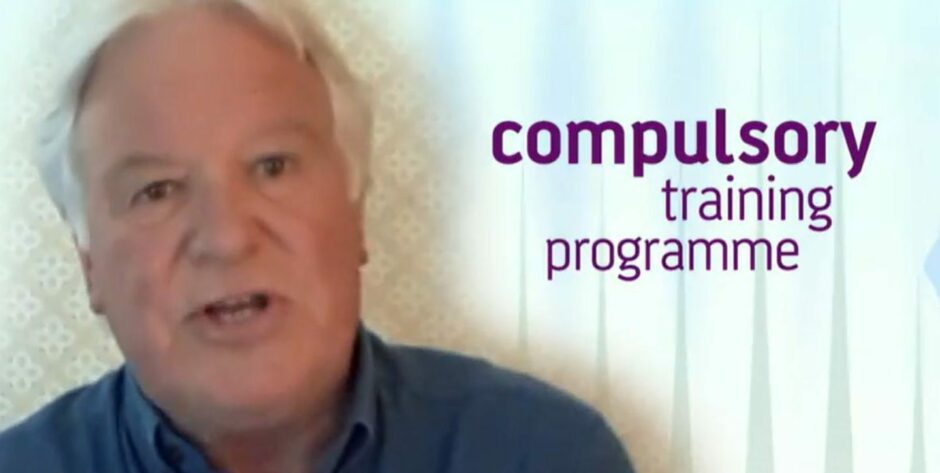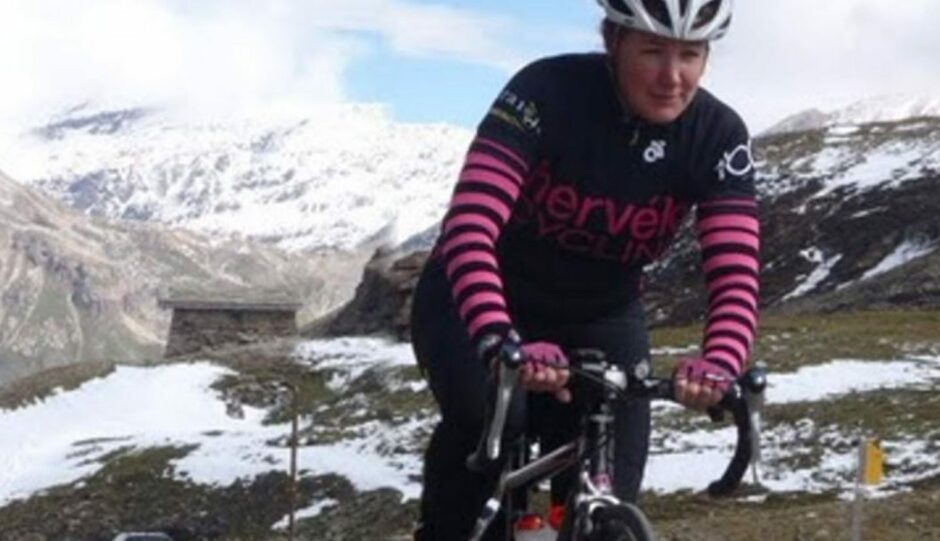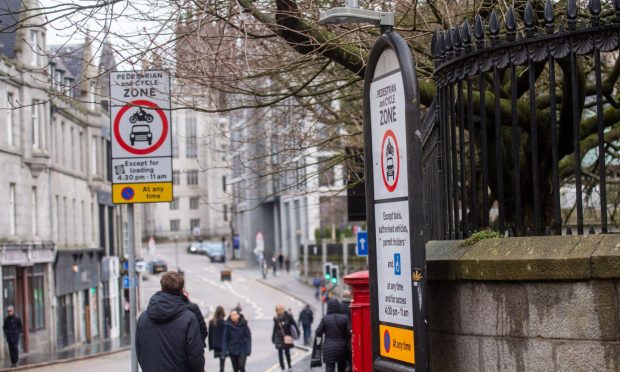Do cyclists need to be trained and have insurance before they are allowed to set out on a bike?
A debate has been sparked on the need for compulsory training and insurance as part of the Highway Code.
The idea is being promoted by motoring journalist Alan Douglas.
But what do you think? Tell us in our comments section below.
Mr Douglas from Kirriemuir is asking for the regulation of cyclists to be brought into the Highway Code.
He believes that cyclists should have compulsory training before they can take to the roads, saying that getting on your bike should now be regulated.
Speaking on Wednesday’s edition of STV’s Scotland Tonight, Mr Douglas said he was “delighted” that cyclists were getting out on their bikes. But, he argued, they should not do that on main roads without insurance.
He believes the time has come for punishment in law for cyclists who break the rules of the road.
As well as needing to pass a competency test, he wants cyclists to be insured so that if they do cause, or are involved in an accident – they can be prosecuted.
He said: “It seems crazy that anyone can just jump on a bike.
“Unless I am wrong if you buy a dog you need insurance. It is good people who are going out but they do not need to go on the roads.
The road is a dangerous place
“The road is a dangerous place, there are lots of private cycle paths they can go on.
“There are lots of cars and lorries on the roads – everyone else is trained, and has read the Highway Code.
“In amongst that, there is a group of cyclist who have no training in cycling and many will not have read the Highway Code.
“There is no training for people now. When I was a boy I went to cycling proficiency.
“I have a bike but I would not cycle on the roads.”
Cycling blogger Diana Farrell – who goes by the Twitter handle Mummy’s Gone A Cycle, thought Mr Douglas’ suggestions were unable to be implemented.
She argued the “vast majority of cyclist are also drivers” and would therefore know the rules of the road.
The blogger, from Edinburgh, said: “Cyclists know the Highway Code as much as anyone else does. It is naive to suggest bikes don’t need to be on the road.
“I cycle at speeds up to 50mph, so being on a path is impracticable for pedestrians.”
She said that while her child’s school was two miles from her home and she would love to cycle the whole way by path.
However, she said the infrastructure does not exist to get her to and from school.
She said: “There is no way of getting to where we need to go because there are no paths for me to cycle with my child.
Will a licence make people safe?
“I am not sure a licence will ensure people are safe on the roads.
“You need a licence to drive a motor vehicle. There are more deaths each year because of drivers, not cyclists.”
She said cycling training was in place for children and that various projects were in place throughout Scotland to get people back onto bikes, for health and environmental reasons.
She said: “Bikeability is there for pupils, and is delivered to children in school. We teach other people through projects such as Breeze Cycling for women
“I do not know how it could be made mandatory for cyclists to be licenced to use the roads.”
What do you think? Are cyclists a pain in the gearstick? Are motorist just not getting it that cyclists are the priority on the road? Tell us in our comments below.













Conversation